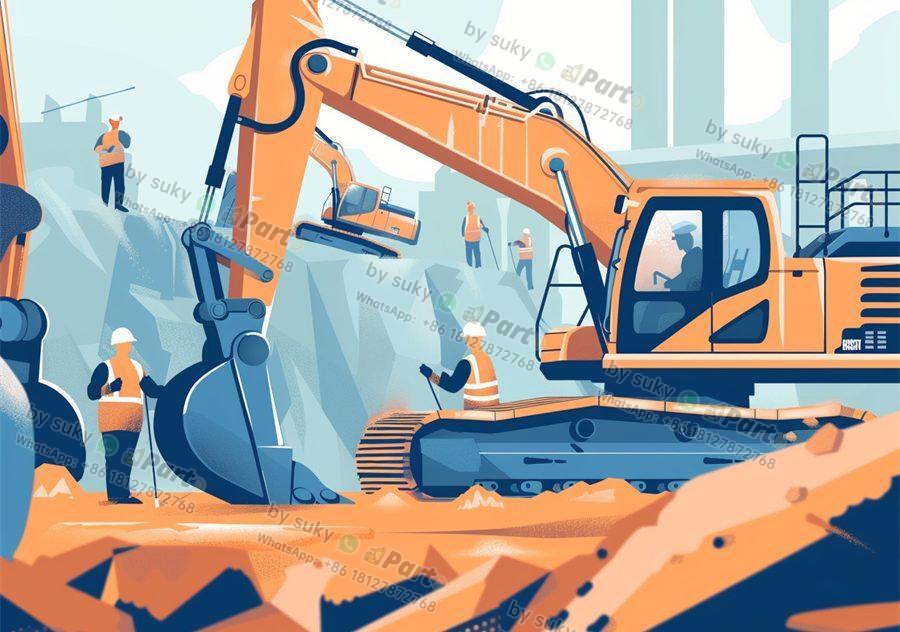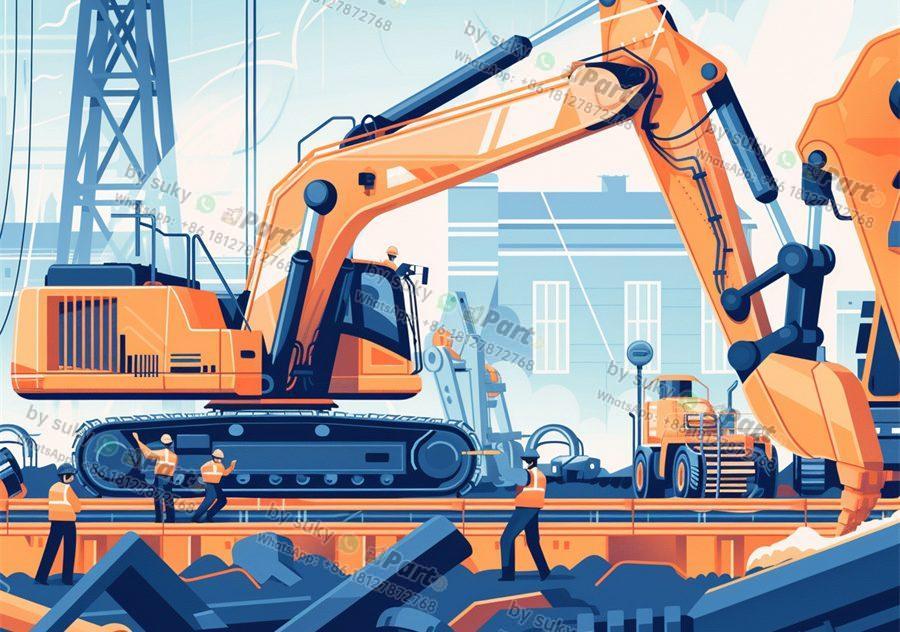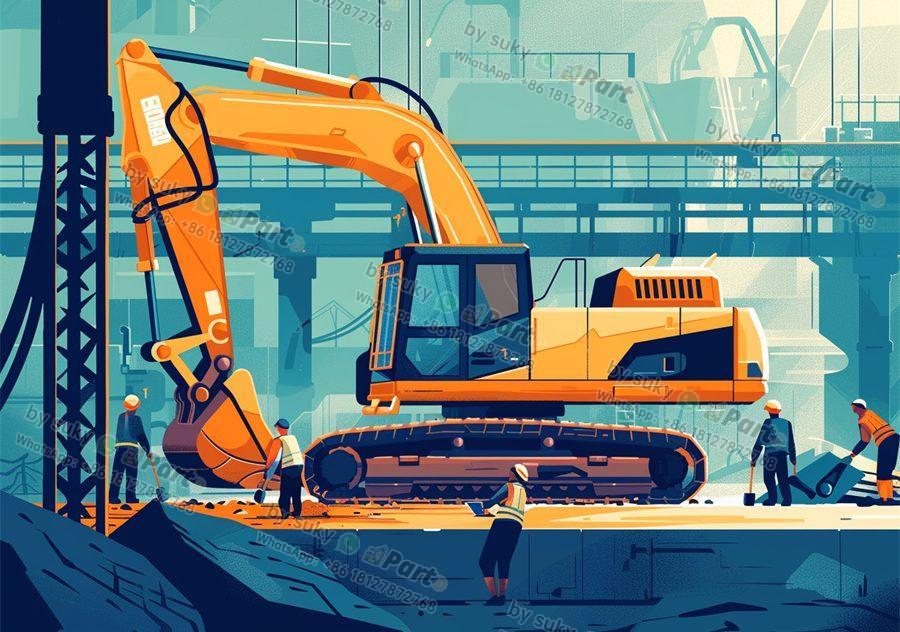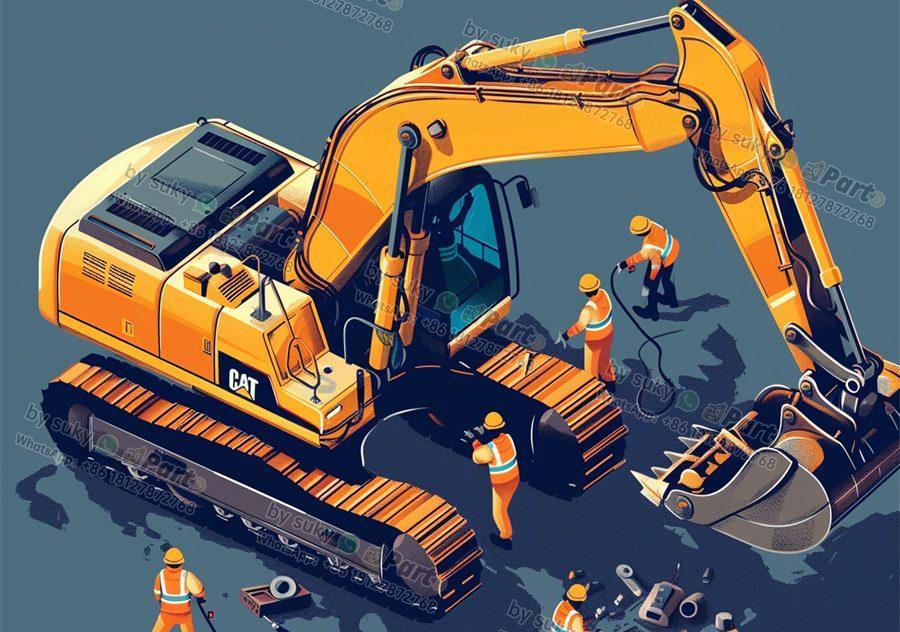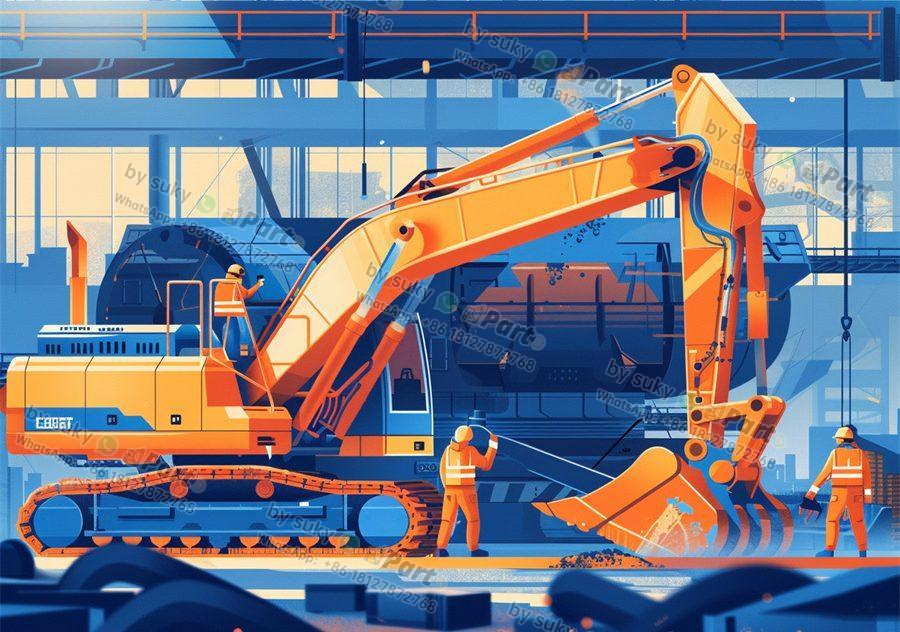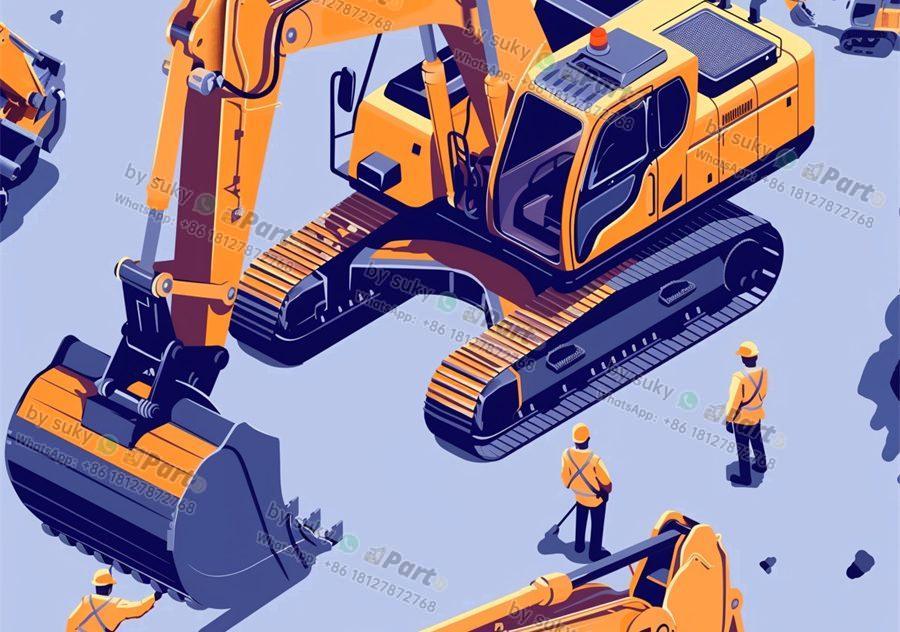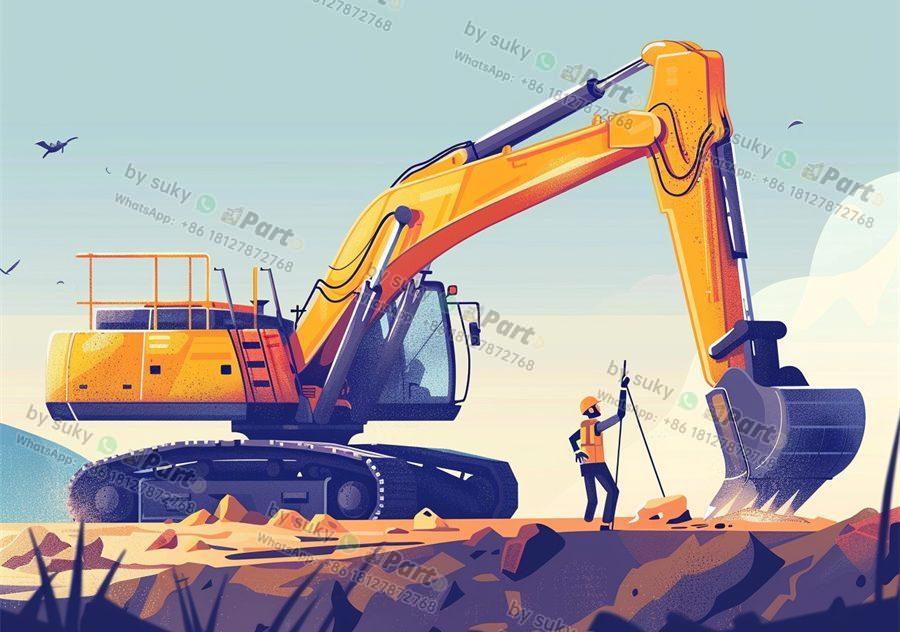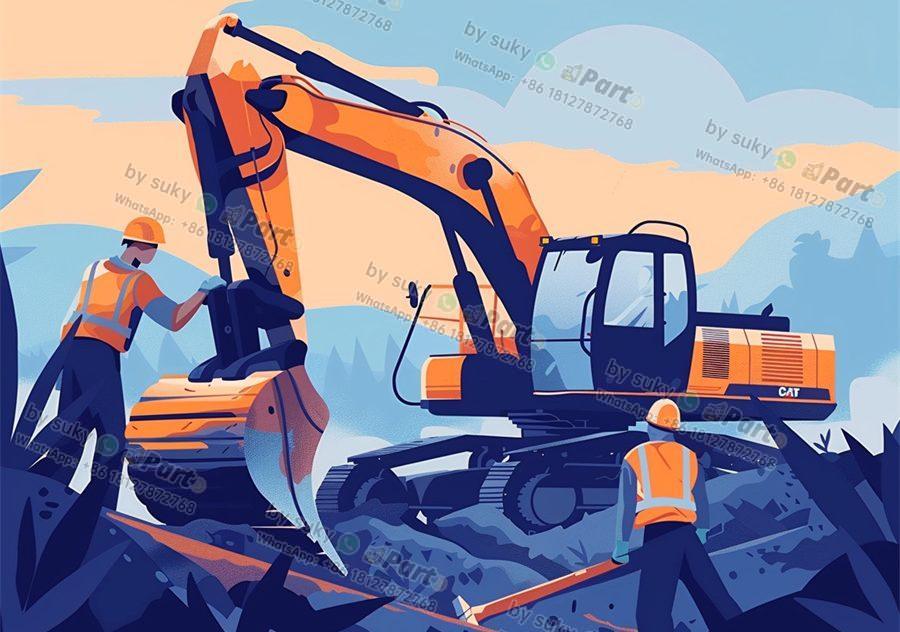When it comes to locating spare parts for Caterpillar construction equipment, importers and distributors know the importance of finding reliable, high-quality components. As a leading manufacturer of heavy machinery, Caterpillar is renowned for its durability and performance. However, over time, wear and tear can take its toll on even the most well-maintained machines, making the availability of genuine spare parts essential for keeping operations running smoothly.
Genuine Caterpillar Parts: Ensuring Quality and Compatibility
One of the biggest concerns for importers and distributors of Caterpillar spare parts is ensuring that the components they source are of the highest quality and compatible with the machinery they are intended for. Genuine Caterpillar parts are manufactured to meet the strict quality standards set by the company, ensuring that they deliver optimal performance and longevity. By sourcing genuine parts, importers and distributors can provide their customers with peace of mind, knowing that the components they receive are designed to work seamlessly with their Caterpillar equipment.
The Importance of Authenticity and Certification
When sourcing spare parts for Caterpillar machinery, importers and distributors must prioritize authenticity and certification. Counterfeit parts not only compromise the performance and lifespan of the equipment, but they can also pose serious safety risks. Genuine Caterpillar parts come with a certification of authenticity, assuring importers and distributors that they are purchasing components that meet the company’s stringent quality control measures. By prioritizing authenticity and certification, importers and distributors can uphold their reputation for providing reliable and safe spare parts to their customers.
Choosing a Trusted Supplier for Caterpillar Spare Parts
In the competitive world of construction equipment, importers and distributors must choose their suppliers wisely to ensure they are receiving genuine, high-quality spare parts for Caterpillar machinery. Partnering with a trusted supplier who has a proven track record of delivering authentic components is essential for maintaining a strong reputation in the industry. By working with a reputable supplier, importers and distributors can access a wide range of spare parts for Caterpillar equipment, ensuring they are always able to meet the needs of their customers.
In conclusion, sourcing spare parts for Caterpillar machinery requires careful consideration to ensure quality, compatibility, authenticity, and certification. Importers and distributors play a crucial role in the supply chain, ensuring that their customers have access to genuine components that keep their Caterpillar equipment running smoothly. By prioritizing these key factors and partnering with a trusted supplier, importers and distributors can uphold their reputation for excellence in providing top-quality spare parts for Caterpillar construction equipment.

